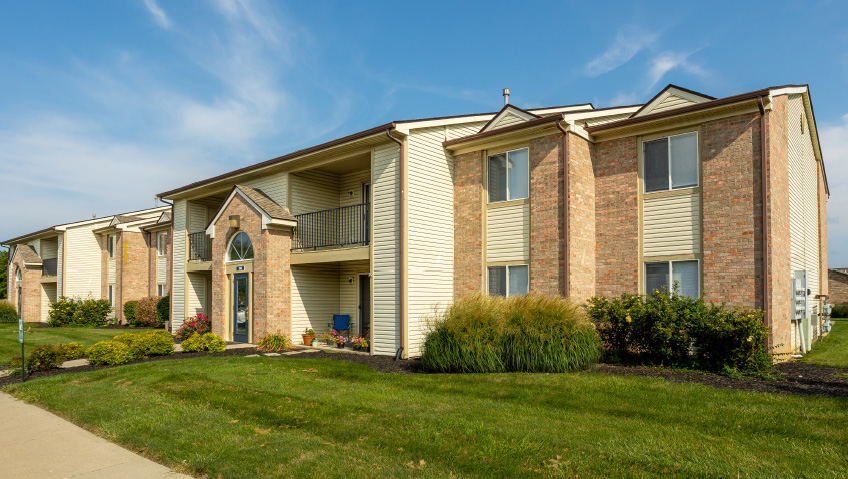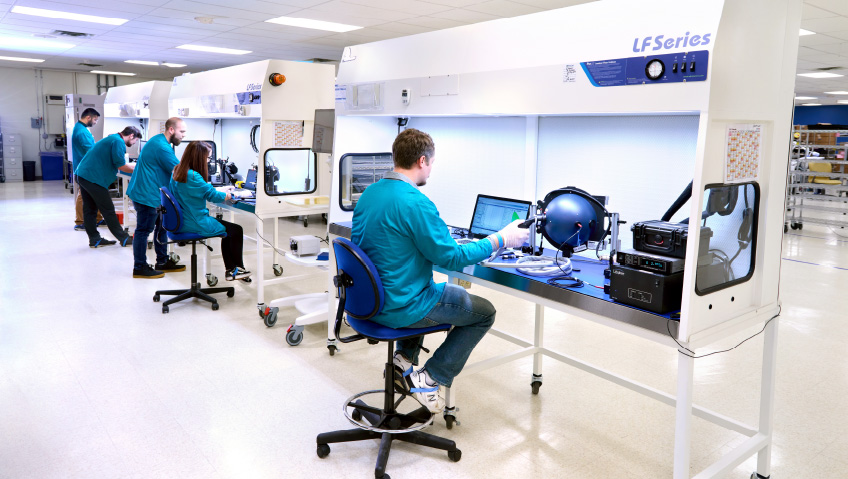What was once new is now old—or at least aging gracefully, and this includes Baby Boomers. Sandwiched between the Silent Generation and Generation X are those widely known simply as ‘Boomers.’ Born between 1946 and 1964, the youngest Boomers turned 61 this year, and the oldest are 79. And, unlike the “live fast, die young, and leave a good-looking corpse” crowd, many Boomers are fighting aging in every way possible.
While the average life expectancy is 74.8 years for men and 80.2 years for women, these numbers don’t necessarily reflect how well people are living in their 60s, 70s, and beyond. Rather than settling into traditional retirement homes and bingo games, many older adults are choosing to live in “active lifestyle” communities that offer everything from golf courses and hiking trails to technology classes and tai chi. Yet even for those who prioritize exercise, healthy eating, social engagement, and volunteer work to stay youthful and vibrant, the physical realities of aging are unavoidable. From arthritis and joint replacements to managing multiple medications and struggling with once-simple daily tasks, aging presents challenges that can’t be ignored.
According to the United States Census Bureau, the U.S. population of persons 65 and older is, well, booming, and accounts for almost 17 percent of the entire American population (76.5 million individuals). States the Census Bureau: “In 2020, about one in six people in the United States were age 65 and over. In 1920, this proportion was less than one in 20.” In the past 100 years, the average lifespan has increased by about 20 years in North America; globally, the average life expectancy has more than doubled, to 71 years.
Even with many living significantly longer than before because of greater access to healthcare, drug and medical innovation, better nutrition, improved living conditions, and other factors, government and social welfare agencies have fallen far behind in preparedness for dealing with an aging population. Simply put, we are living longer, which is putting a tremendous strain on everything from adequate health care to the economy and housing.
As the North American population continues to age and health issues inevitably arise, many seniors are re-evaluating their golden years. During the COVID-19 pandemic, some sold their city homes and moved to the country for peace and quiet. Soon, many realized paradise comes at a price, including the lack of essential services—such as doctors—driving them to return to bigger urban centres.
As we age, the need for pharmacies, medical clinics, physiotherapists, testing sites, and nearby hospitals inevitably increases. Some older persons are choosing to age in place, retrofitting their long-time homes and thus maintaining their independence instead of moving to a retirement home. Such renovations can be as simple as removing slippery carpets and installing grab bars in bathrooms or can include costly renovations such as widening hallways to accommodate walkers and wheelchairs or converting stairs to ramps. Where expense isn’t an issue, some older homeowners install elevators.
Some seniors are spending $300,000 CAD or more on building laneway housing or other Accessory Dwelling Units (ADUs). These units can be rented out to serve as a source of income, and when the owners need to downsize, they can move into the smaller ADU, either renting out the original home or giving it to their children or grandchildren.
Aging in place may also mean paying for in-home personal support workers, nurses, cleaning or cooking services, and therapies.
Others choose traditional retirement homes. On the modest side, such homes are $1,500 a month in Canada, while higher-end facilities more closely resemble luxury resorts, with concierge, fine dining, beauty salons, personal services, fitness centres, and more at $6,000-plus monthly.
Technology plays a key role both for seniors who choose to stay at home as long as possible and for those moving to a senior care facility. Tech solutions can comprise basic conveniences making life easier, like big button telephones and large-screen clocks that display the month, day, and year and helpful hints such as ‘before dawn,’ ‘morning,’ ‘afternoon’ and ‘evening’ for those with vision or memory issues.
Depending on need and budget, seniors may opt for electronic devices to make life safer and more convenient. These include wrist-worn caregiver pager panic button callers, bed alarms, and smart watches with real-time GPS tracking. Recent years have seen more technology in the home, including virtual assistants like Google Home, video doorbells and monitoring systems, remote-controlled thermostats, and devices that shut off stoves if left on. Older persons with smartphones can also use apps to turn lights on and off, open and close doors remotely, and view security camera footage from anywhere on Earth.
For many Boomers, the technological transition as they age will be easier than it was for previous generations. Even though many were born when typewriters and cassette recorders were the norm, even the most reluctant Boomers have adapted to computers and cell phones.
For those unable or unwilling to stay at home, there is always a place in long-term care (LTC). Worldwide, the United Nations predicts that, by 2050, the number of people over age 60 worldwide will triple to two billion. By the end of the 2030s, it is estimated 24 percent of Canadians will be 65 and older, many requiring supportive living. Many senior care facilities today are franchised, with investors eager to put money into the industry.
The demand for more LTC is well-documented, and fears over not enough facilities are disturbing. By 2031, nearly twice as many older adults will require care, according to a report prepared by Deloitte and commissioned by the CMA. Canada’s elder care crisis: Addressing the doubling demand stated the need for LTC will hit 606,000 patients in 2031, up from 380,000 in 2019, and demand for home care will soar from approximately 1.2 million to about 1.8 million patients. Annual costs for services for older Canadians will increase, from $29.7 billion per year (in 2019), to $58.5 billion per year in 2031. “Time is not on our side,” stated Dr. Ann Collins, CMA President. “Searching for efficiencies is always a valuable exercise, but we are beyond the point where tinkering around the edges will solve this problem. Our window of opportunity to reset how we care for and support seniors is now.”
As the world faces challenges over what do to about housing its aging population, our perception of what is ‘old’ has changed, especially in the world of entertainment, as some seem to defy age. Legendary rock band The Who recently announced (for the umpteenth time) their North American “The Song is Over” farewell tour. Both lead singer Roger Daltry and Pete Townshend were teens when the band was formed. Daltry is now 81, and Pete Townshend just turned 80. In the film world, venerated actors Al Pacino and Robert DeNiro are 85 and 81, respectively.
Despite their age, they continue to act. In 2023, Pacino’s former girlfriend gave birth to their son, while DeNiro became a father for the seventh time that same year.
For Pacino, DeNiro, and other octogenarians who live like men in their 30s, does the saying “age is just a number” even apply? Although there is no magical Fountain of Youth—at least not yet—every year brings us access to new tools and technologies to make our senior years safer and much more enjoyable. While it will be fascinating to see how many in the future choose to live their elder years, we must all be mindful of the quote attributed to Mark Twain: “Do not regret growing older. It is a privilege denied to many.”






